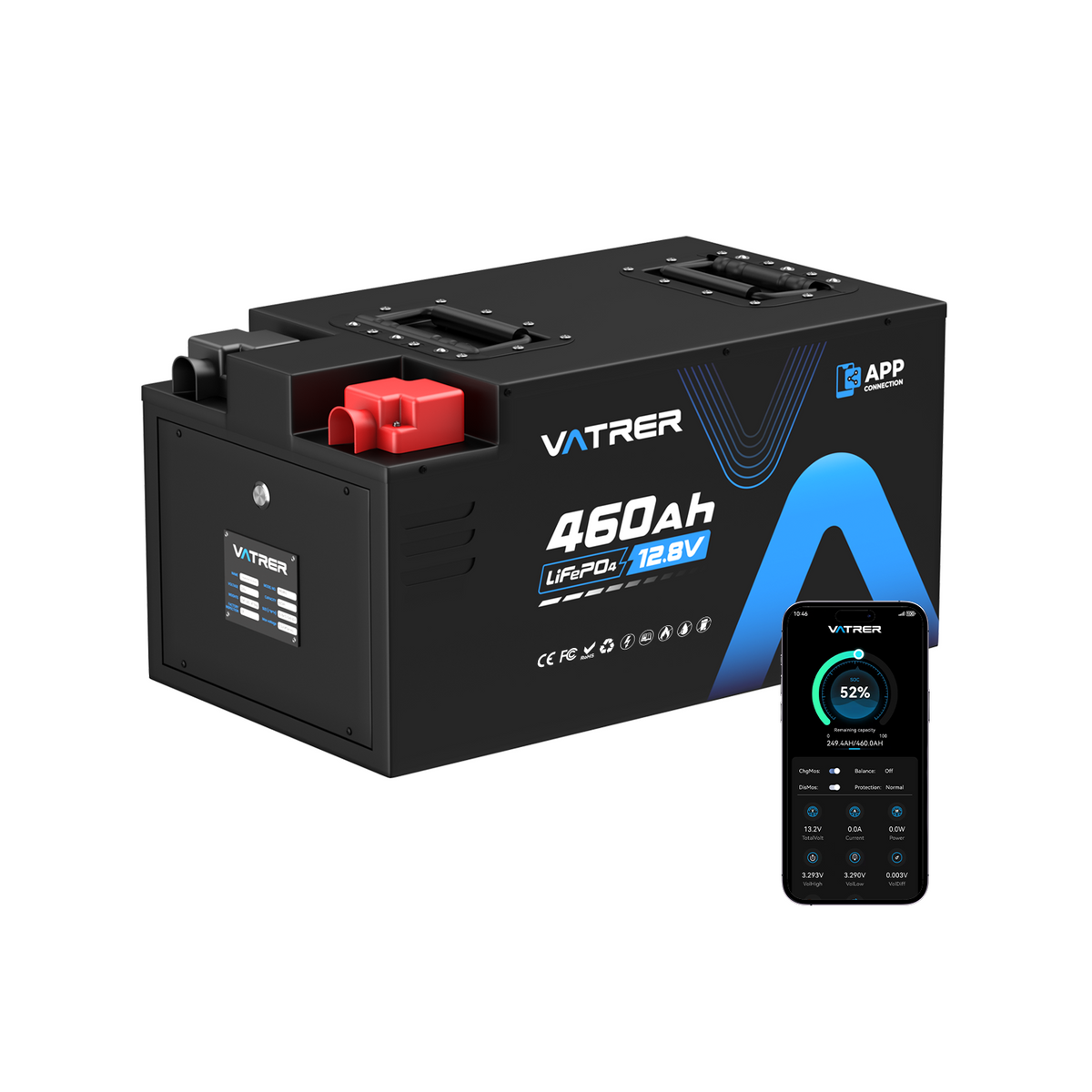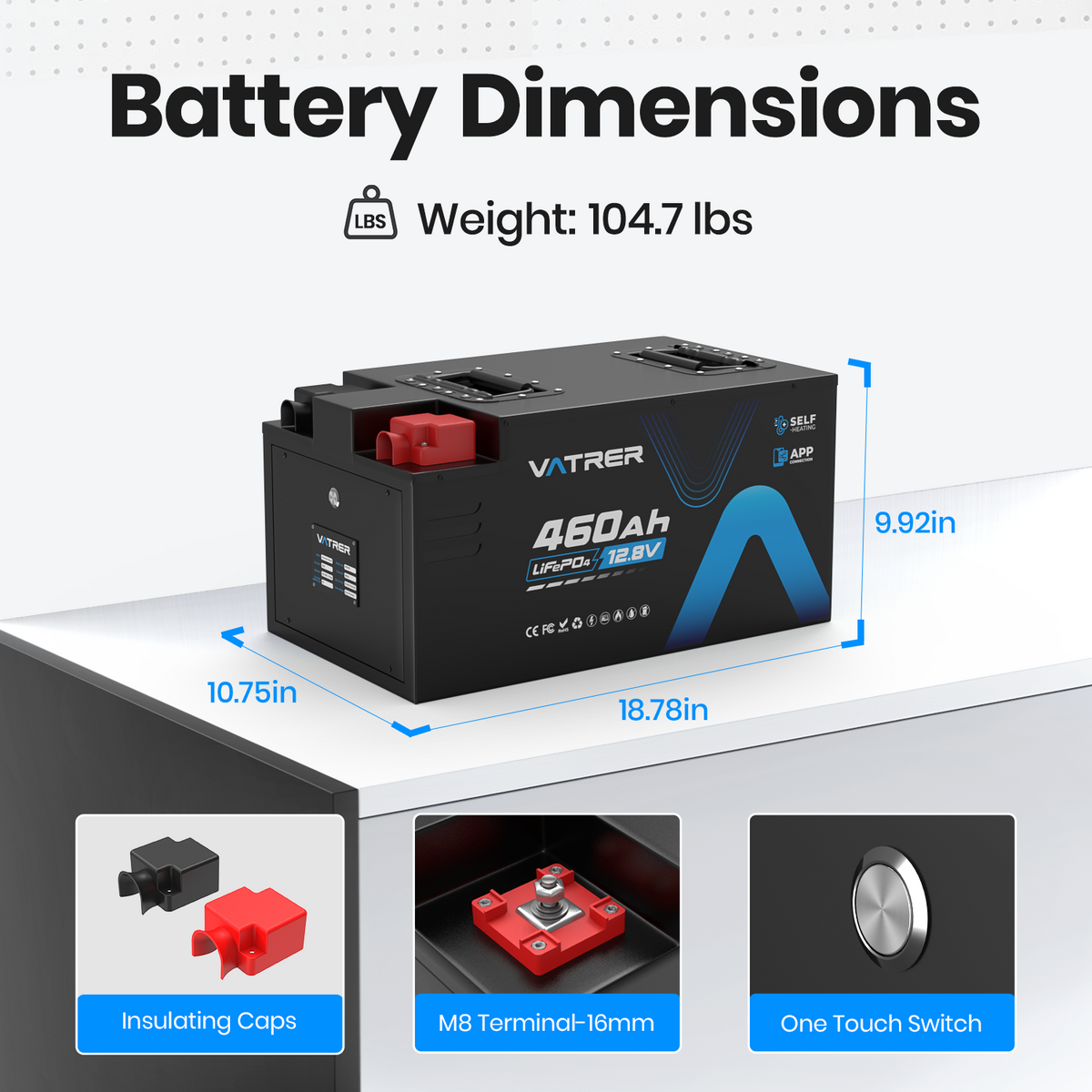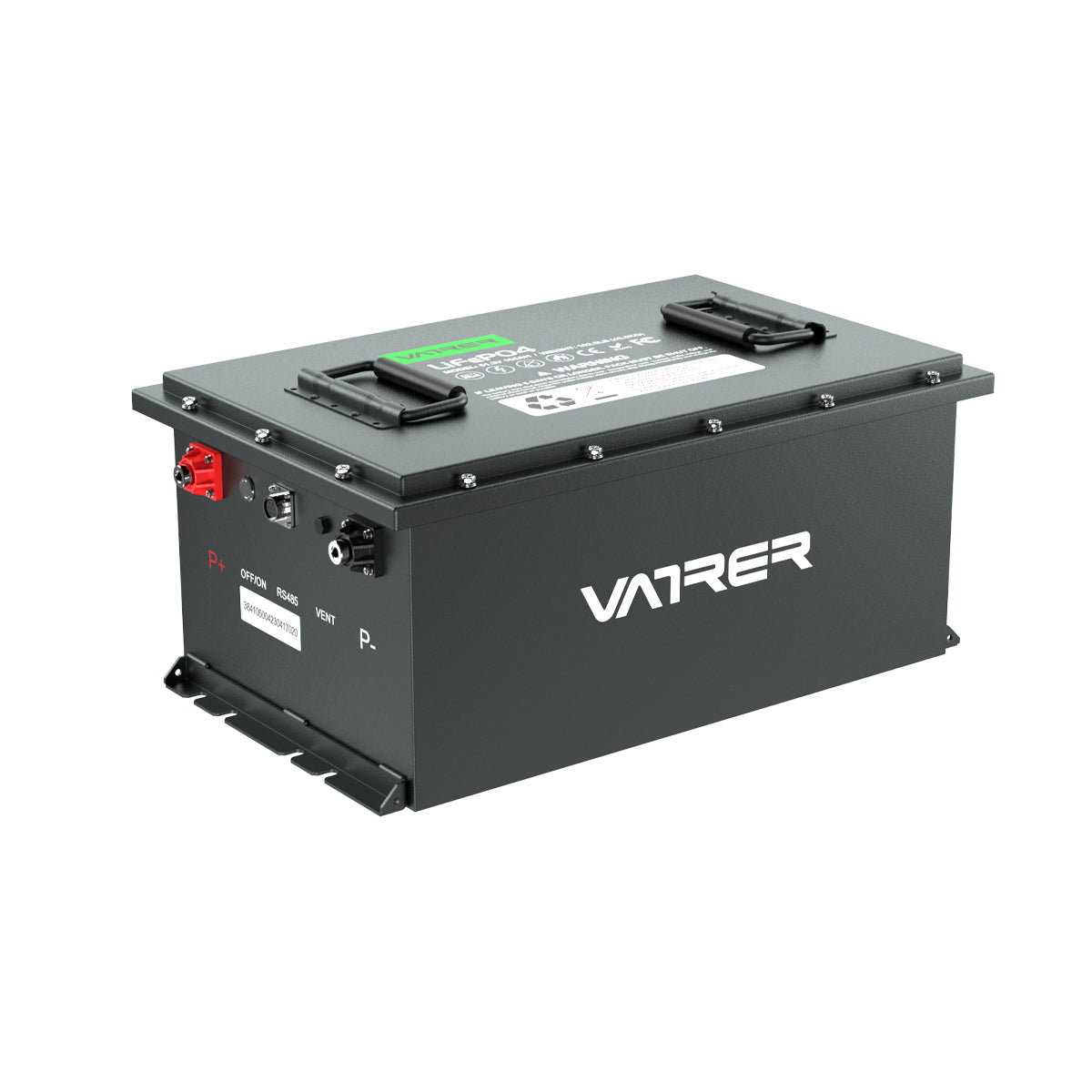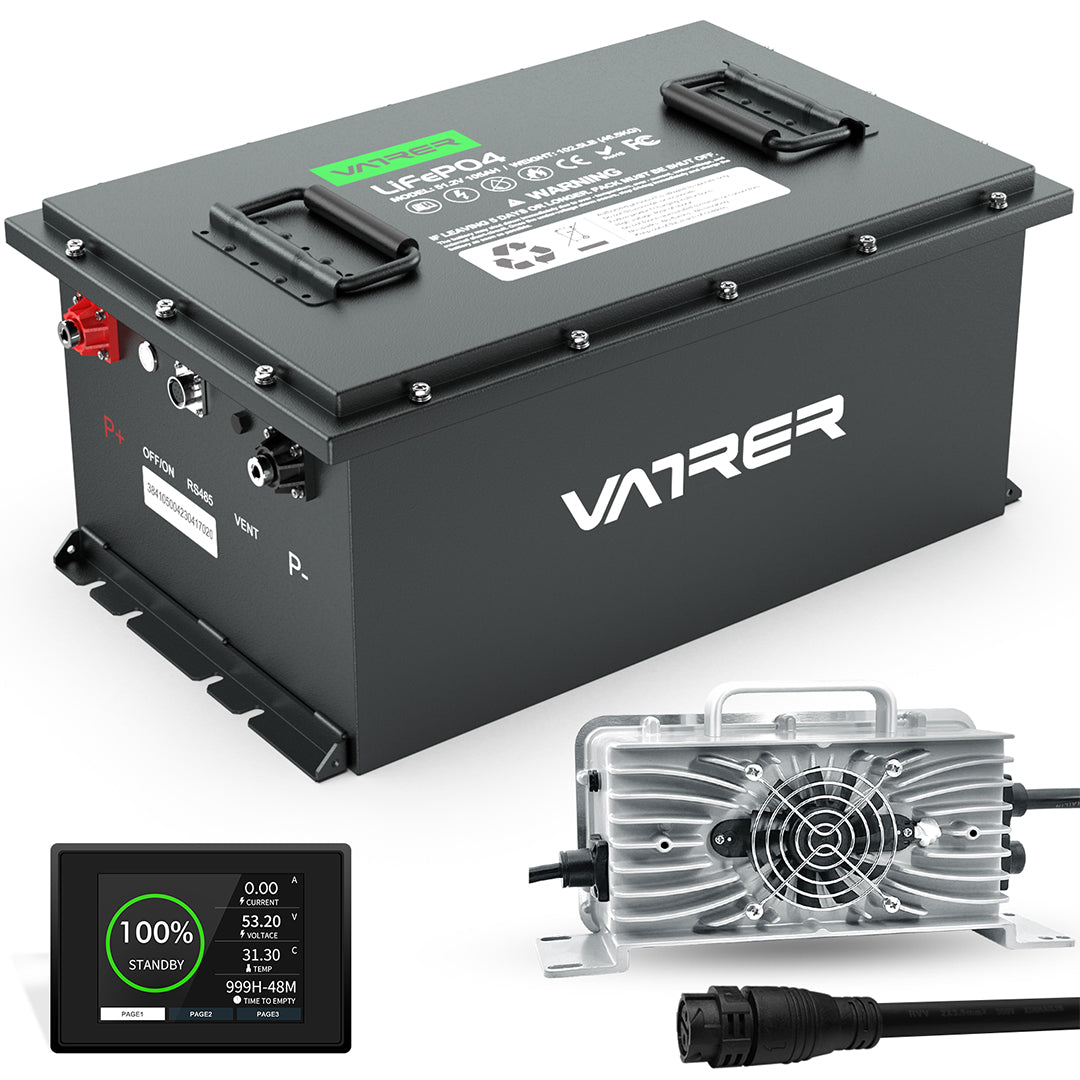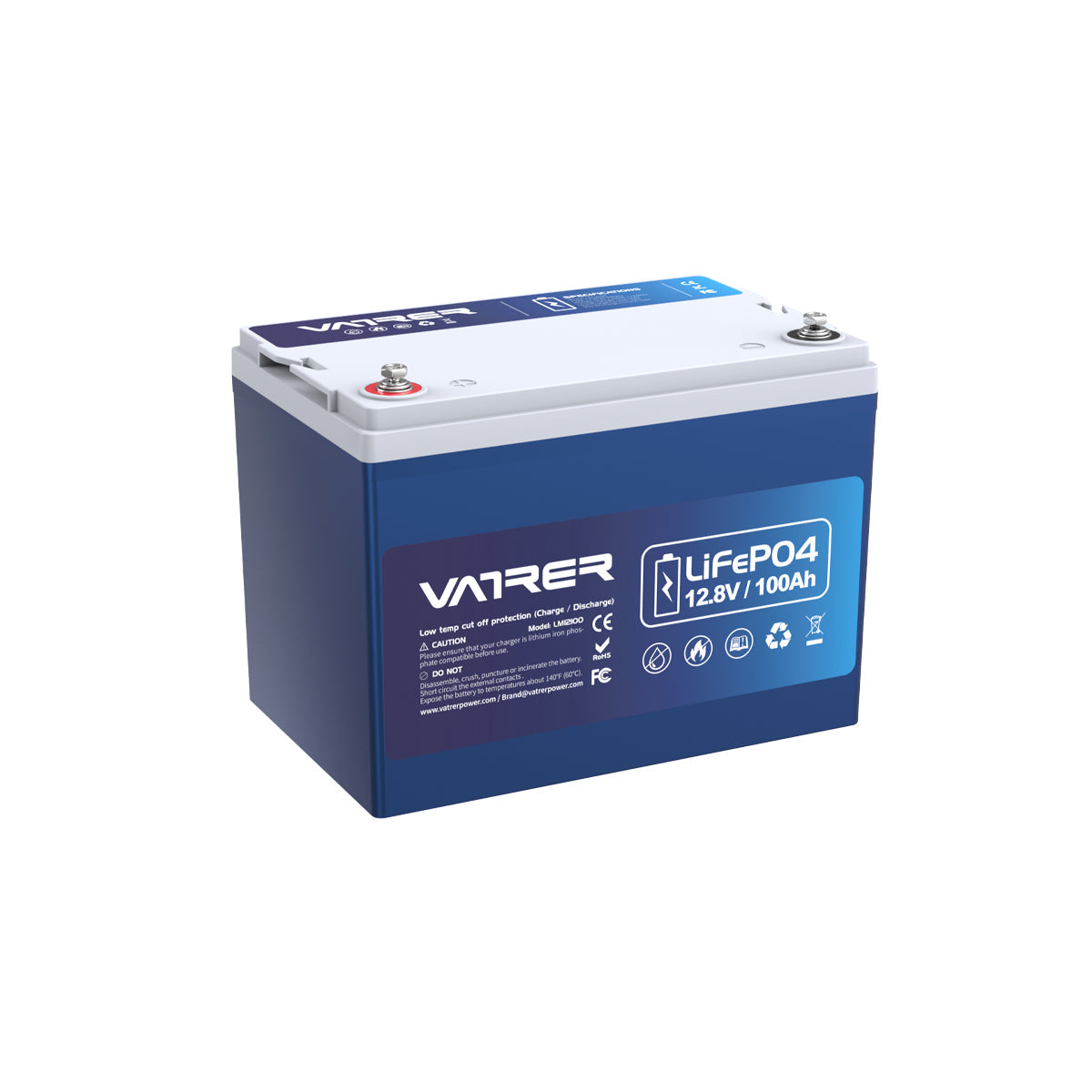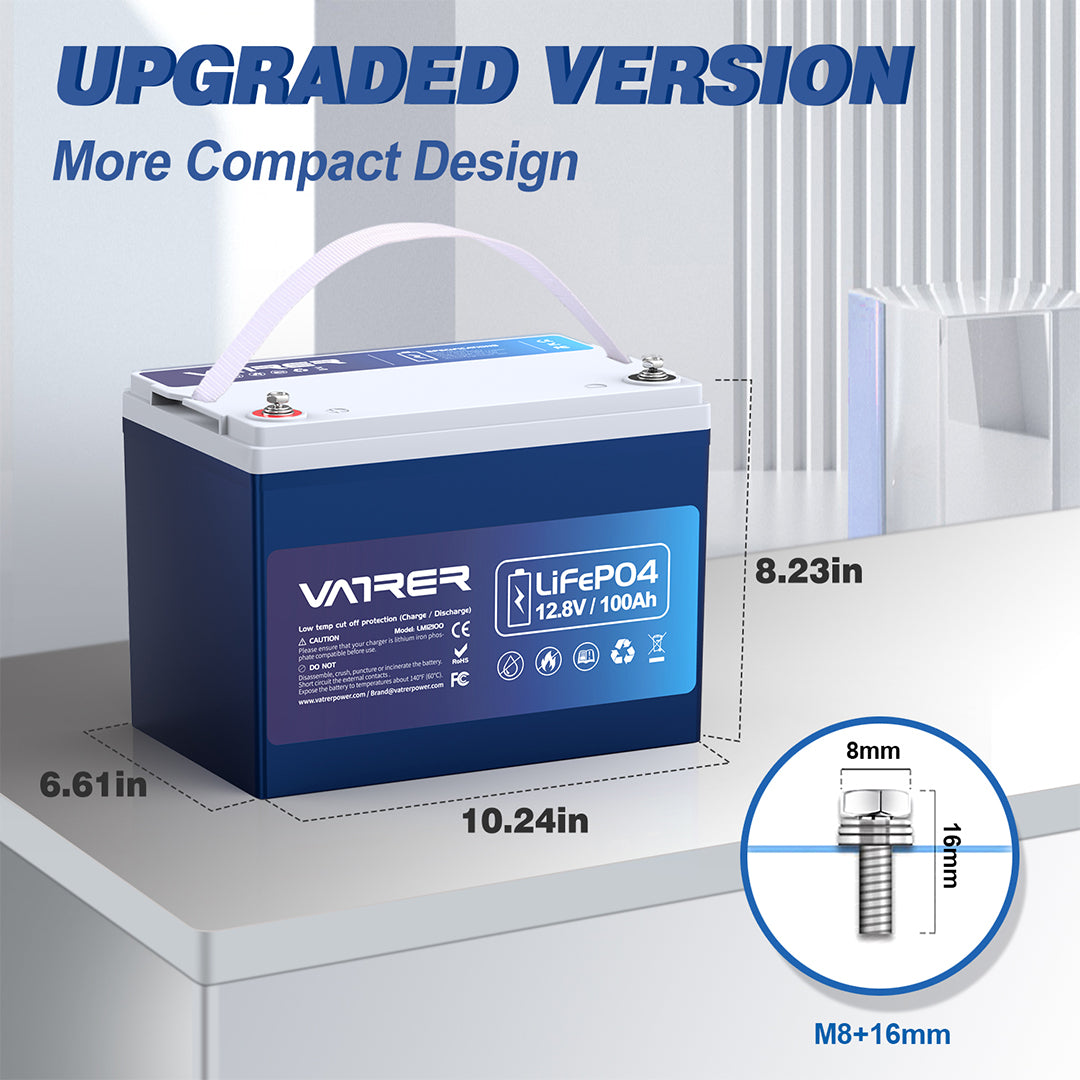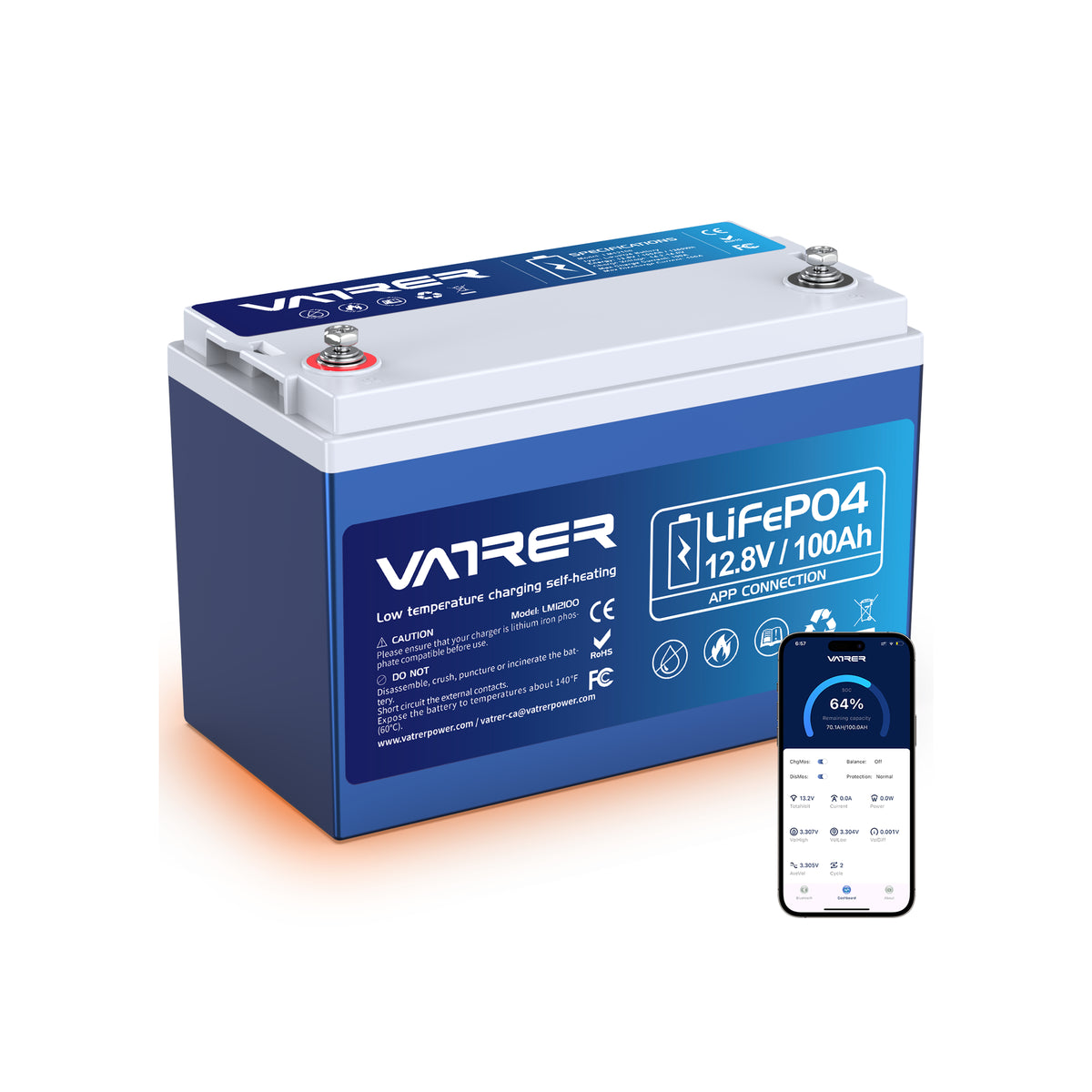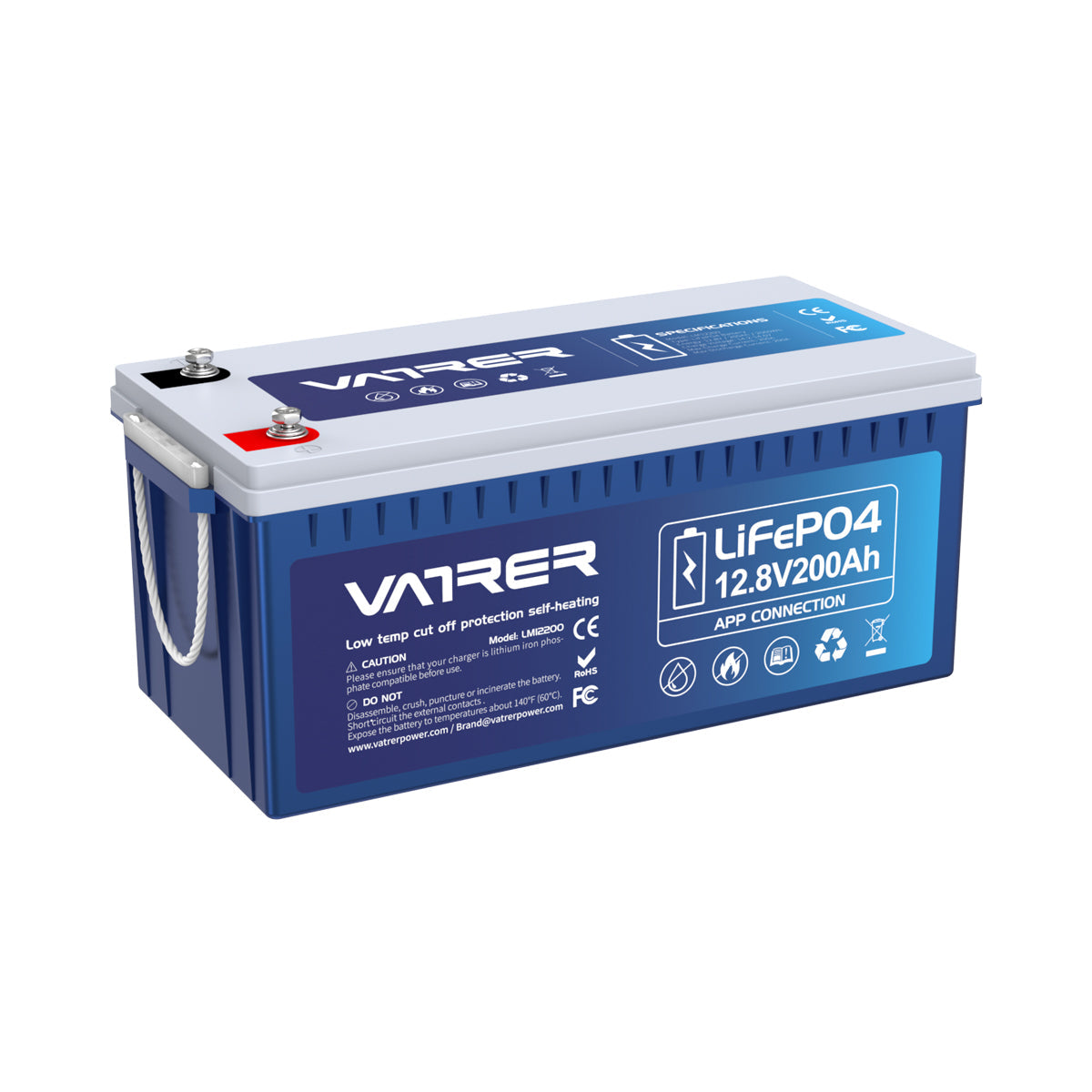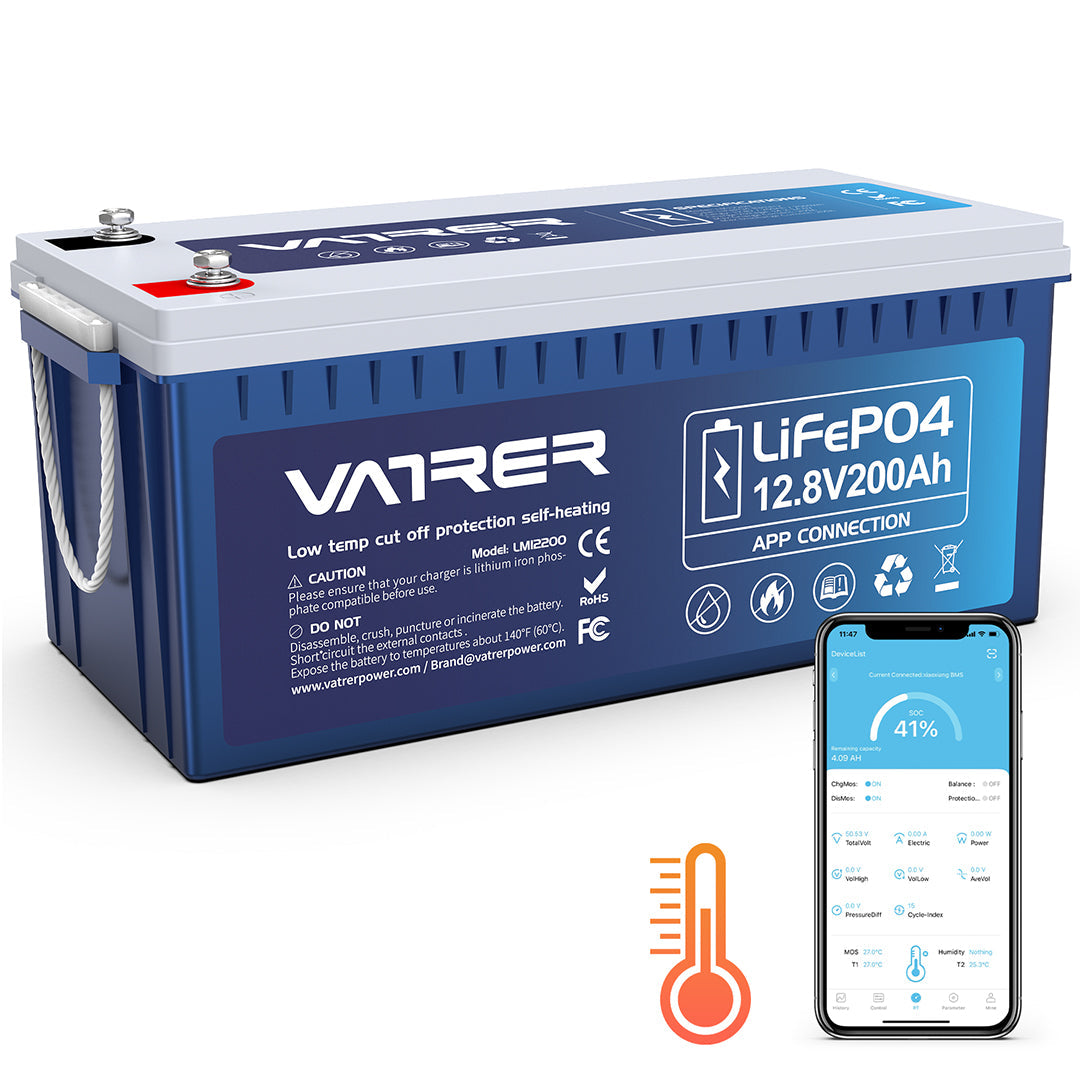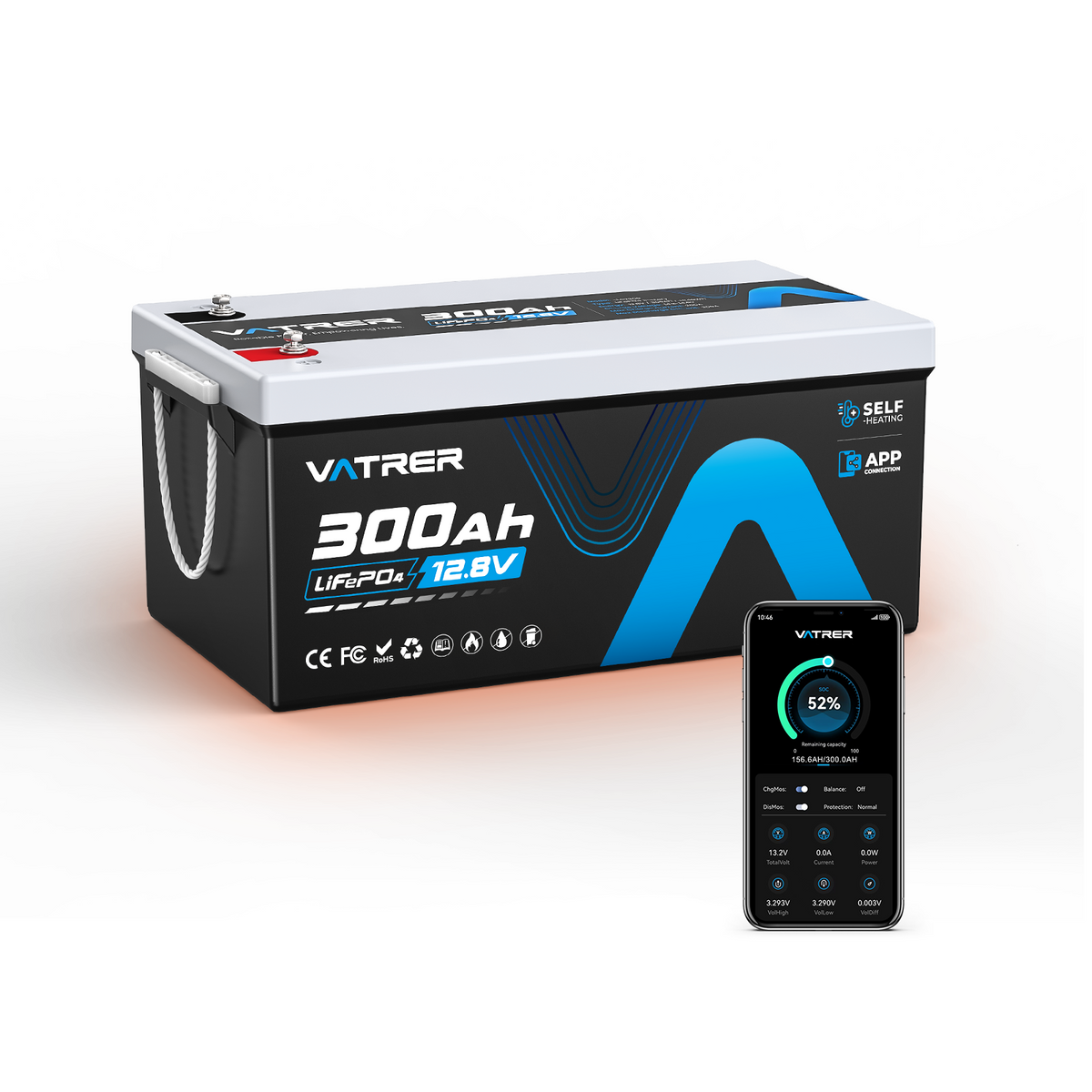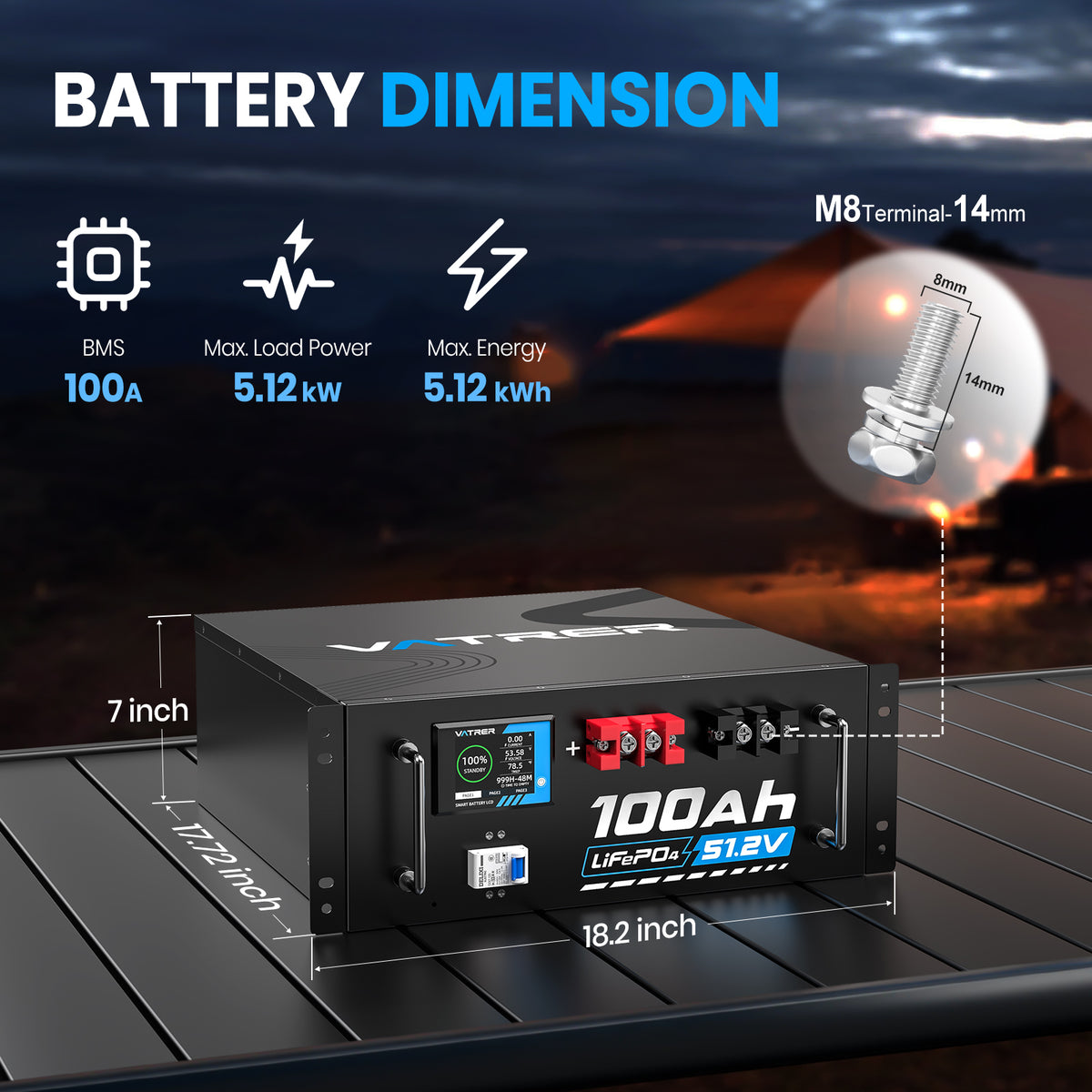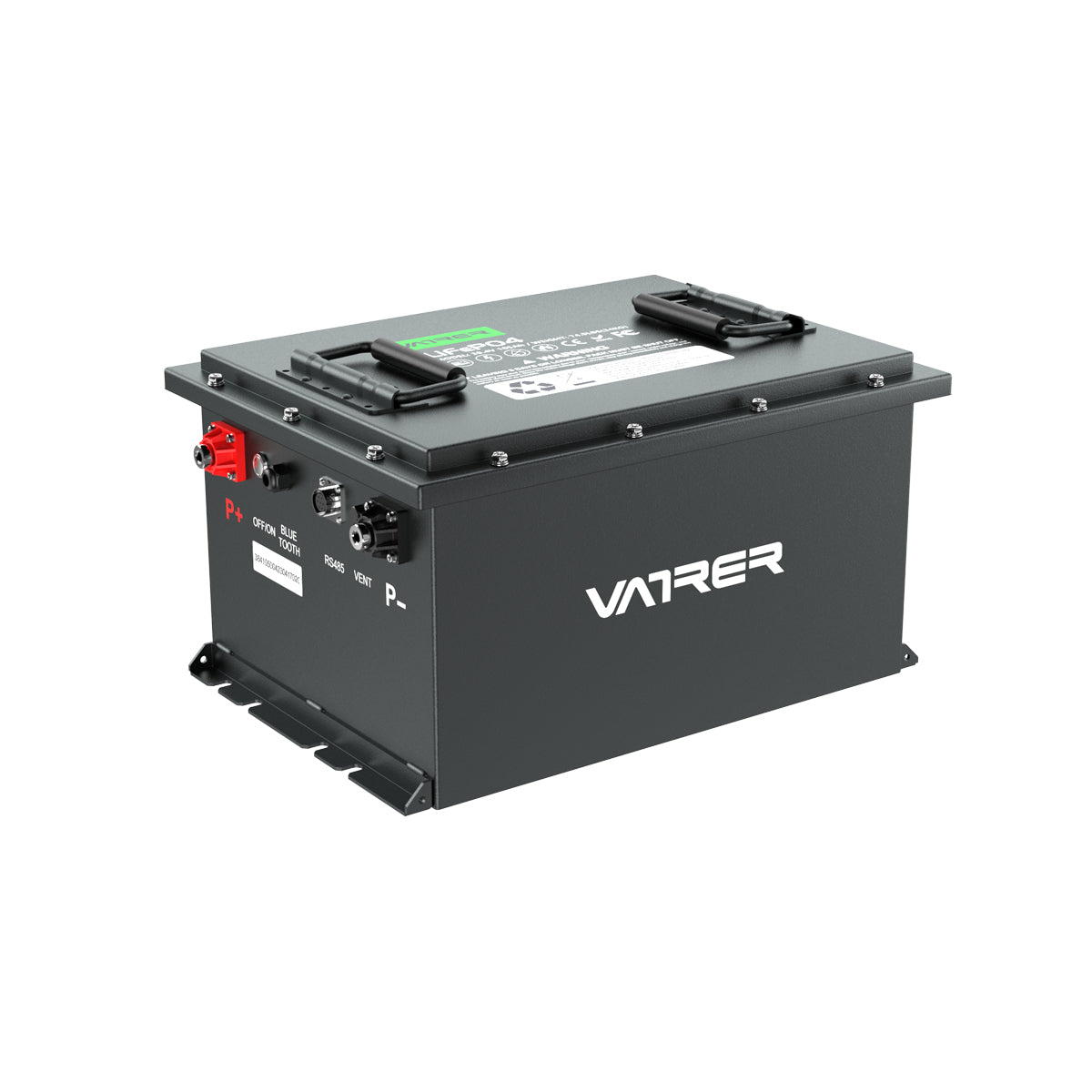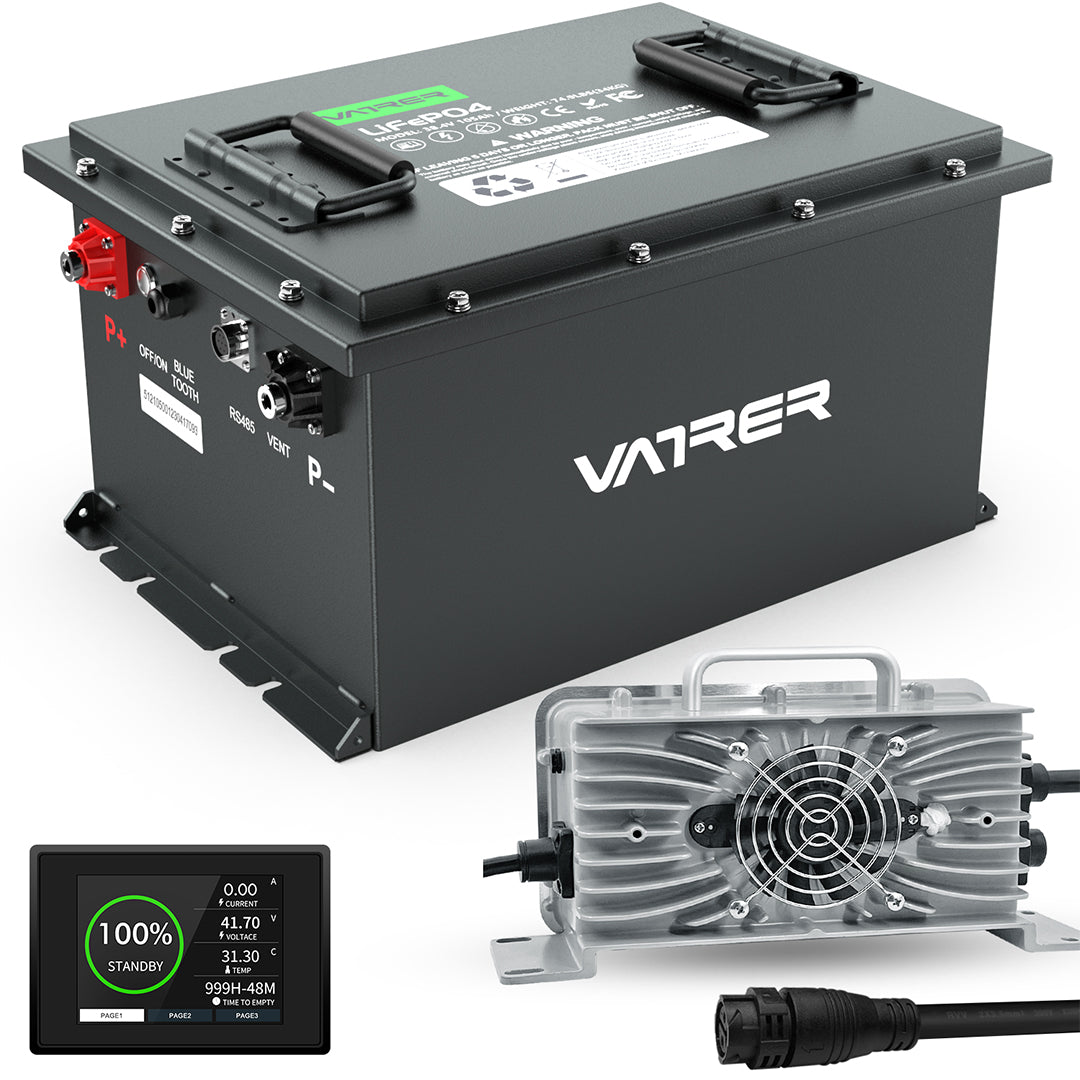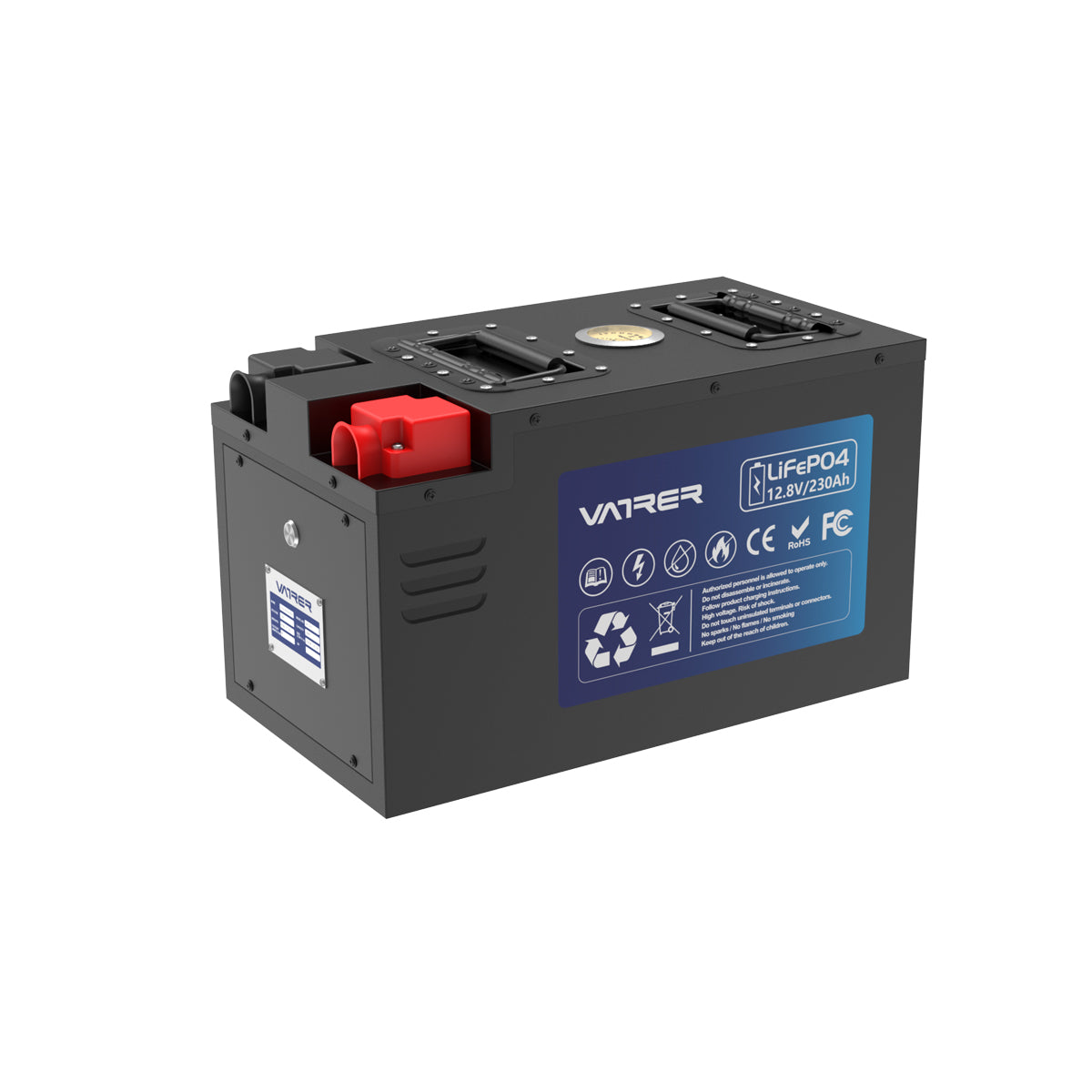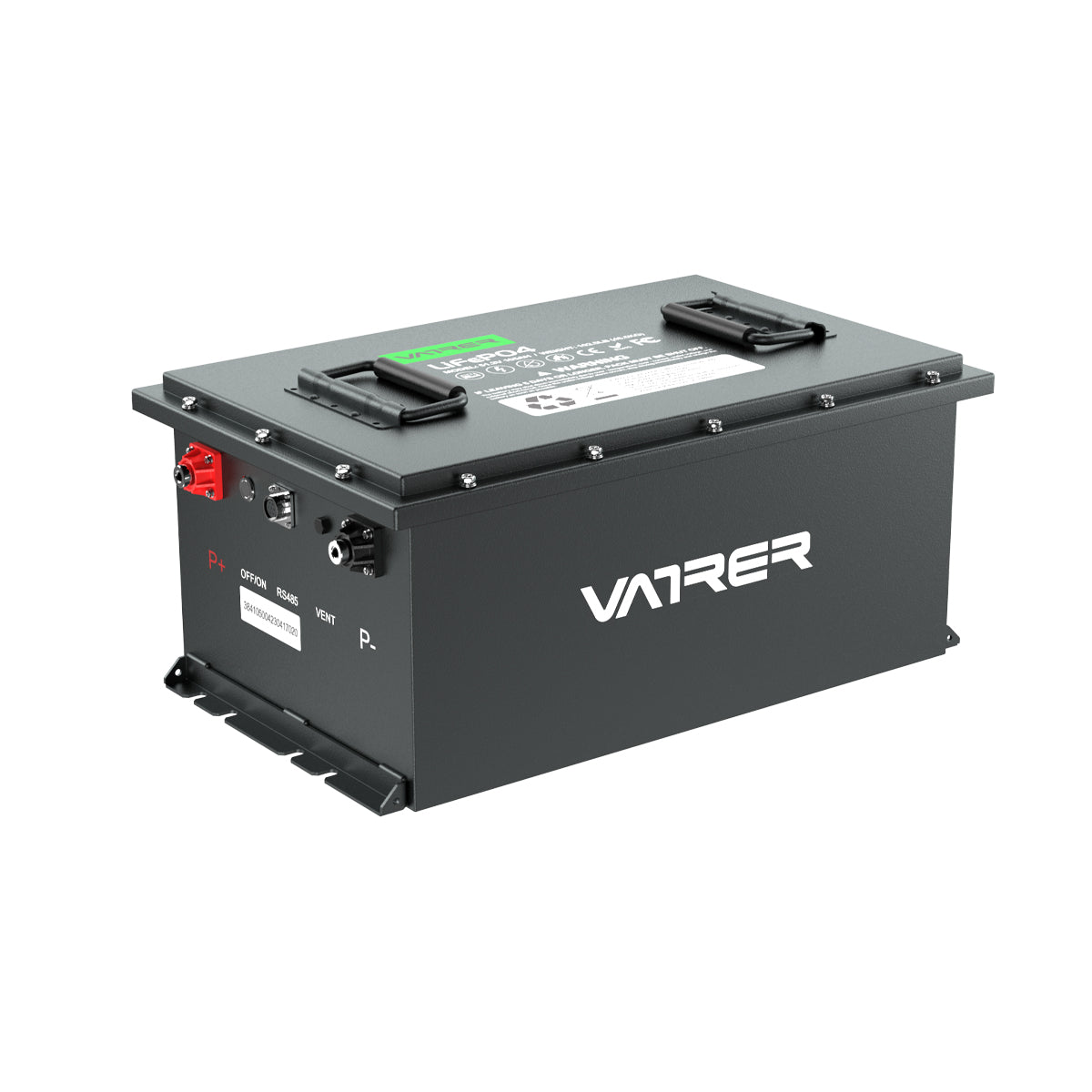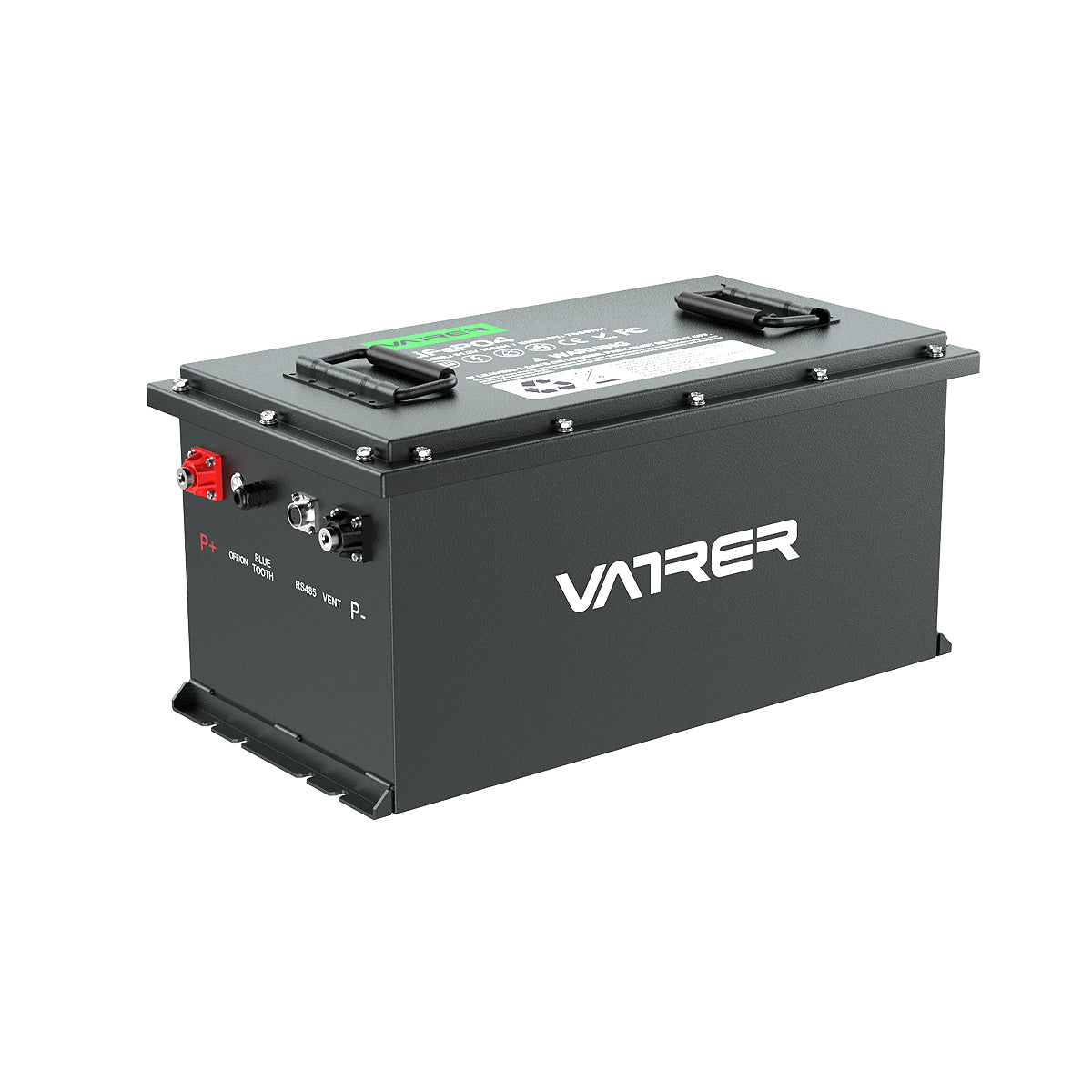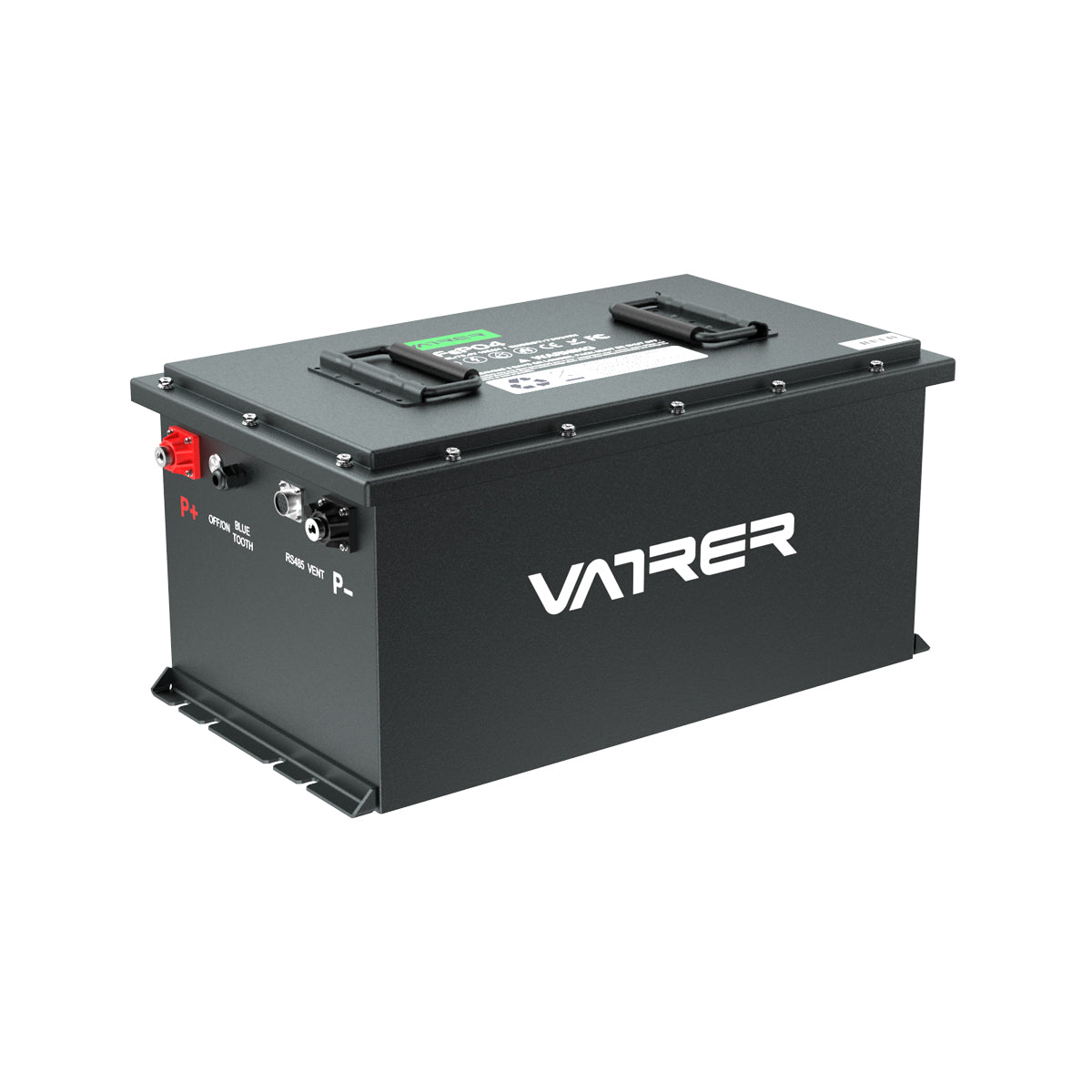Table of Contents
- Introduction to Server Rack Batteries
- a. The significance of uninterrupted power supply
- 1. Data Integrity
- 2. Business Continuity
- 3. Equipment Protection
- 4. Enhanced Productivity
- 5. Customer Satisfaction
- 6. Safety and Emergency Preparedness
- 7. Data Security
- 8. Regulatory Compliance
- 9. Disaster Recovery
- b. The role of server rack batteries in ensuring continuity
- Battery Maintenance Best Practices
- a. Regular battery testing and monitoring
- b. Implementing a battery management system (BMS)
- c. Capacity testing and preventive maintenance
- d. Temperature and environmental considerations
- e. Proper charging and discharging practices
- f. Regular inspection and cleaning
- g. Battery replacement and disposal
Introduction to Server Rack Batteries
In today's digital landscape, uninterrupted power supply is vital for businesses relying on data centers and server rooms. Server rack batteries play a crucial role in ensuring continuity of operations, safeguarding data integrity, and mitigating costly downtime. This article delves into server rack batteries, exploring their significance and the role they play in maintaining uninterrupted power supply.

a. The significance of uninterrupted power supply
Uninterrupted power supply (UPS) holds immense significance in today's technology-driven world, especially in critical sectors like data centers, hospitals, financial institutions, and telecommunications. Let me shed light on the importance of uninterrupted power supply:
1. Data Integrity
In data centers and server rooms, uninterrupted power is vital to ensure the integrity and accessibility of stored data. Sudden power outages or fluctuations can result in data corruption, loss, or system crashes, leading to severe financial and reputational consequences for businesses.
2. Business Continuity
Uninterrupted power supply is crucial for maintaining seamless operations. Power disruptions can halt production, disrupt services, and lead to revenue losses. With a reliable UPS system, businesses can continue functioning during power outages, minimizing downtime and protecting their bottom line.
3. Equipment Protection
Power surges, spikes, and fluctuations can damage sensitive electronic equipment like servers, routers, switches, and storage devices. UPS systems provide surge protection and stabilize power delivery, safeguarding critical infrastructure investments and extending their lifespan.
4. Enhanced Productivity
Power interruptions disrupt workflow and productivity. With an uninterrupted power supply, employees can continue working without interruptions, reducing downtime and ensuring optimal productivity.
5. Customer Satisfaction
In industries like telecommunications and e-commerce, maintaining constant connectivity is crucial for customer satisfaction. Uninterrupted power supply ensures reliable service availability, ensuring seamless communication, transactions, and customer support.
6. Safety and Emergency Preparedness
In sectors like healthcare, uninterrupted power supply is a matter of life and death. Hospitals rely on UPS systems to power critical equipment, such as life support systems, operating theaters, and emergency lighting, during power outages or emergencies.
7. Data Security
Uninterrupted power supply is vital for maintaining the security of sensitive data. Power disruptions can compromise access controls, surveillance systems, and alarm systems, making facilities vulnerable to security breaches. UPS systems ensure continuous operation of security systems, minimizing security risks.
8. Regulatory Compliance
Many industries have strict regulatory requirements for uninterrupted power supply. Compliance with these regulations is essential to avoid penalties, legal consequences, and potential damage to a company's reputation.
9. Disaster Recovery
In the event of natural disasters, such as hurricanes, earthquakes, or floods, uninterrupted power supply is crucial for disaster recovery efforts. It allows businesses to continue their operations, restore critical systems, and minimize the impact of the disaster.
b. The role of server rack batteries in ensuring continuity
1. Power Backup
Server rack batteries act as a reliable source of backup power, ensuring continuity of operations in the event of power outages or fluctuations. They provide an immediate and seamless transition to battery power, allowing critical systems to keep running without interruption.
2. Bridge to Alternate Power Sources
In cases where alternate power sources, such as generators, need time to start up, server rack batteries bridge the gap by providing continuous power until the backup power source takes over. This bridge ensures uninterrupted operations and prevents data loss or service disruption.
3. Time for Safe Shutdown
When power interruptions are expected to last longer than the battery backup capacity, server rack batteries offer valuable time for a safe and controlled shutdown of servers and other equipment. This prevents data corruption, hardware damage, and potential system failures that can occur due to sudden power loss.
4. Load Balancing and Redundancy
In large data centers or server rooms with multiple racks, server rack batteries are strategically distributed to ensure load balancing and redundancy. This distribution helps manage power demands and provides backup power to critical systems across different racks, minimizing the risk of single points of failure.
5. Voltage Regulation and Surge Protection
Server rack batteries also play a role in voltage regulation and surge protection. They filter out power fluctuations and deliver stable and clean power to sensitive equipment, protecting them from potential damage caused by voltage spikes or surges.
6. Seamless Transition to Primary Power
Once primary power is restored, server rack batteries smoothly transition the load back to the main power source. This seamless switch ensures a smooth return to normal operations without any disruption or data loss.
7. Monitoring and Alerts
Modern server rack battery systems often come with advanced monitoring capabilities that continuously track battery health, capacity, and performance. This enables proactive maintenance, timely replacements, and alerts for any potential issues, ensuring the reliability and effectiveness of the battery backup system.
Types of Server Rack Batteries
a. Valve-Regulated Lead-Acid (VRLA) Batteries
i. Absorbent Glass Mat (AGM) batteries
AGM batteries are a type of VRLA battery that use a fiberglass mat soaked in electrolyte. The mat absorbs and immobilizes the electrolyte, making them maintenance-free and resistant to leakage. AGM batteries are known for their high discharge rates, making them suitable for high-demand applications.
ii. Gel batteries
Gel batteries, another type of VRLA battery, utilize a gelling agent to immobilize the electrolyte. This gel-like consistency enhances the battery's resistance to vibration, shock, and deep discharges. They offer better cycle life, longer standby time, and improved performance in extreme temperatures compared to AGM batteries.

b. Lithium-Ion (Li-ion) Batteries
i. Advantages of Li-ion batteries
Li-ion batteries have gained popularity in recent years due to their numerous advantages. They offer higher energy density, meaning they can store more energy in a smaller size. This compact form factor allows for easier integration into server racks with limited space. Li-ion batteries also have a longer lifespan, faster recharge times, and lower self-discharge rates compared to VRLA batteries. Additionally, they are lighter, have higher efficiency, and can operate within a wider temperature range, making them suitable for various environments.
ii. Considerations for Li-ion battery adoption
While Li-ion batteries offer several benefits, there are a few considerations to keep in mind. Firstly, Li-ion batteries have a higher upfront cost compared to VRLA batteries, although their longer lifespan can offset this over time. Secondly, Li-ion batteries require specific charging and monitoring systems to ensure their safety and longevity. It is crucial to implement proper battery management systems (BMS) to control charging, discharging, and temperature regulation. Lastly, while Li-ion technology has improved, safety concerns regarding thermal runaway and potential fire hazards still exist. Therefore, proper safety measures and precautions should be in place when adopting Li-ion batteries.
When selecting the appropriate server rack battery type, it is essential to consider factors such as power requirements, available space, maintenance needs, cost, and safety considerations. Consulting with experts in the field can help determine the most suitable battery type for specific applications and ensure a reliable and efficient power backup solution for server racks.
Factors to Consider when Choosing Server Rack Batteries
When choosing server rack batteries, several factors should be considered to ensure they meet the specific needs of the application. Here are some key factors to consider:
a. Capacity and load demands
It is crucial to assess the power demands of the equipment housed in the server rack. Calculate the total power load and select batteries with sufficient capacity to handle the load requirements. Taking into account future growth and potential increases in power demands is also important to avoid outgrowing the battery system.
b. Runtime requirements during power outages
Determine the desired runtime during power outages or disruptions. Consider the criticality of the equipment and the time required to safely shut down systems if needed. Balancing runtime requirements with available space and budget is essential to ensure adequate backup power without compromising other factors.
c. Maintenance considerations
Evaluate the maintenance requirements of the chosen battery type. VRLA batteries, such as AGM or gel batteries, are typically maintenance-free, requiring no regular watering or electrolyte level checks. On the other hand, Li-ion batteries generally require less maintenance but may need specific monitoring and management systems for optimal performance.
d. Scalability for future expansion
Anticipate future growth and expansion of the server rack infrastructure. Consider whether the chosen battery system can be easily expanded to accommodate additional power demands or if it can integrate with existing or future battery systems. Scalability ensures flexibility and cost-effectiveness in adapting to changing business needs.
Additionally, other factors to consider include:
- Physical space availability in the server rack for battery installation.
- Temperature requirements and the ability of the battery system to operate within the specified temperature range.
- Safety features and certifications of the battery system to ensure compliance with industry standards.
- Cost considerations, including upfront investment, maintenance costs, and total cost of ownership over the battery system's lifespan.
By carefully evaluating these factors, businesses can select a server rack battery system that aligns with their power requirements, provides adequate backup runtime, is compatible with their maintenance capabilities, and offers scalability for future expansion. Consulting with experts in the field can provide valuable insights and help make informed decisions regarding server rack battery selection.
Battery Maintenance Best Practices
Maintaining batteries properly is essential for their optimal performance and longevity. Here are some battery maintenance best practices:
a. Regular battery testing and monitoring
Conduct regular battery testing to assess their health and performance. This can include measuring voltage, conductance, or impedance. Monitoring battery parameters such as temperature, charge levels, and internal resistance can help identify potential issues before they become critical.
b. Implementing a battery management system (BMS)
A battery management system helps monitor, control, and optimize battery performance. It provides real-time data on battery health, temperature, and charge status. A BMS can also offer features like automated alerts, balancing charging, and remote monitoring, ensuring proactive maintenance and reducing the risk of unexpected failures.
c. Capacity testing and preventive maintenance
Periodically perform capacity testing to evaluate the actual capacity of the batteries compared to their rated capacity. This helps identify any degradation or loss in capacity over time. Regular preventive maintenance, such as cleaning battery terminals and connectors, tightening connections, and inspecting for signs of damage or corrosion, can help maintain battery performance and prevent issues.
d. Temperature and environmental considerations
Battery performance is highly influenced by temperature and environmental conditions. Ensure batteries are operated within the recommended temperature range specified by the manufacturer. Extreme temperatures can accelerate battery degradation. It is also important to consider the battery's tolerance to humidity, vibration, and exposure to corrosive substances. Providing proper ventilation and controlling the environment can help prolong battery life.
e. Proper charging and discharging practices
Follow manufacturer guidelines for charging anddischarging batteries. Avoid overcharging or deep discharging, as these can negatively impact battery life and performance. Use appropriate charging equipment and ensure the charging process is within the recommended parameters. Additionally, avoid leaving batteries in a discharged state for extended periods, as this can lead to sulfation and capacity loss.
f. Regular inspection and cleaning
Regularly inspect batteries for any signs of damage, leaks, or swelling. Clean battery terminals and connectors to ensure good electrical contact and prevent corrosion. Use appropriate cleaning solutions and tools recommended by the manufacturer.
g. Battery replacement and disposal
Keep track of battery age and performance. Replace batteries as recommended by the manufacturer or when they no longer meet the required capacity or performance levels. Properly dispose of old or damaged batteries according to local regulations and environmental guidelines.
By implementing these battery maintenance best practices, businesses can optimize battery performance, extend their lifespan, and minimize the risk of unexpected battery failures. Regular monitoring, testing, and preventive maintenance help ensure reliable backup power and smooth operations in critical applications.
Battery Backup Solutions for Server Racks
a. Standalone battery backup systems
Standalone battery backup systems are dedicated battery units designed specifically for backup power. They are installed alongside the server rack and provide uninterrupted power supply during outages. These systems typically consist of batteries, a charging mechanism, and output power distribution. Standalone battery backup systems are often used in smaller server rack setups or when a separate backup solution is preferred.
b. Integrated UPS (Uninterruptible Power Supply) solutions
UPS units are widely used for server rack battery backup. An integrated UPS combines battery backup and power conditioning capabilities into a single unit. UPS systems are typically installed within the server rack or in close proximity, offering both backup power and protection against power quality issues, such as voltage fluctuations and surges. They provide seamless switchover to battery power during outages and can also regulate voltage and filter out noise.
c. Redundancy and fault-tolerant configurations
To ensure maximum reliability, server racks can be configured with redundancy and fault-tolerant features. This involves having multiple battery backup systems or UPS units in parallel or in a redundant configuration. Redundancy helps ensure that if one system fails, another takes over without any interruption in power supply. Additionally, fault-tolerant configurations may include redundant power feeds, redundant battery strings, and automatic failover mechanisms, providing high availability and minimizing the risk of single points of failure.
It is important to carefully assess the power requirements, criticality of the systems, and budget constraints when selecting the appropriate battery backup solution for server racks. Considerations such as load demands, runtime requirements, scalability, and maintenance needs should also be taken into account. Consulting with experts in the field can help determine the most suitable and reliable battery backup solution for specific server rack setups.
Industry Trends and Innovations
a. Advancements in battery technology
Battery technology is constantly evolving, with ongoing research and development focused on improving performance, energy density, and lifespan. Innovations include the development of lithium-ion (Li-ion) batteries with higher energy densities, longer cycle life, and faster recharge times. Additionally, solid-state batteries are gaining interest for their potential to offer even higher energy density and improved safety compared to traditional Li-ion batteries.
b. Energy storage integration and grid interaction
Battery storage systems are increasingly being integrated into power grids, both at utility-scale and behind-the-meter applications. This integration enables better management of renewable energy sources, such as solar and wind, by storing excess energy for use during peak demand periods or when renewable generation is low. Battery systems are also being utilized for grid stabilization, frequency regulation, and load shifting, enhancing grid reliability and efficiency.
c. Green initiatives and sustainable practices
The battery industry is actively embracing green initiatives and sustainable practices. This includes efforts to reduce reliance on fossil fuels and transition to cleaner energy sources. Battery manufacturers are adopting environmentally friendly manufacturing processes and materials, such as recycling programs for end-of-life batteries. Additionally, there is a growing emphasis on developing batteries with lower environmental impact, including reduced use of rare or hazardous materials.
These trends reflect the industry's commitment to advancing battery technology, integrating energy storage into the grid, and promoting sustainability. As technology continues to evolve, we can expect further innovations in battery technology and increased adoption of energy storage solutions for a more efficient and sustainable energy future.
Conclusion
In conclusion, server rack batteries play a crucial role in ensuring uninterrupted power supply and protecting critical equipment in data centers and server rooms. By providing backup power during outages, they help prevent data loss, maintain system availability, and safeguard against potential financial losses.
When selecting, maintaining, and optimizing server rack batteries, it is important to consider factors such as capacity and load demands, runtime requirements, maintenance needs, scalability for future expansion, temperature and environmental considerations, and cost. Regular battery testing, implementing a battery management system, conducting capacity testing, and adhering to proper charging and discharging practices are essential for maximizing battery performance and lifespan. It is also important to monitor temperature and create an environment conducive to battery longevity.
Given the complex nature of server rack battery systems, it is advisable to consult professionals who specialize in battery technologies and power backup solutions. These experts can provide tailored guidance and solutions based on specific requirements, ensuring the selection of the most suitable battery type, proper installation, and ongoing maintenance.
By carefully considering these factors, implementing best practices, and seeking expert advice, businesses can ensure reliable and efficient server rack battery solutions, minimizing downtime and maximizing the performance and longevity of their critical infrastructure.

![[Buying Guide] Should I Buy Lithium Batteries on Black Friday?](http://www.vatrerpower.com/cdn/shop/articles/Should-I-Buy-Lithium-Batteries-on-Black-Friday.webp?v=1731467571&width=500)
